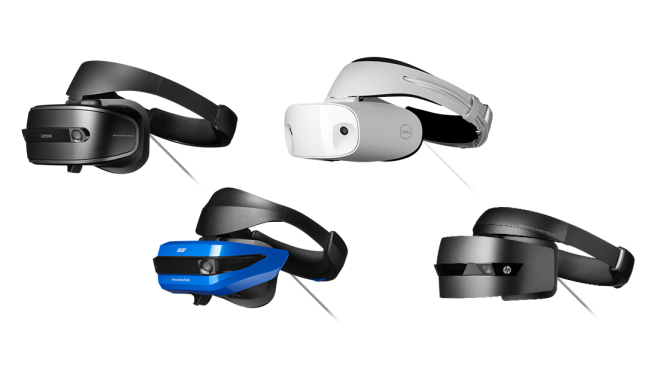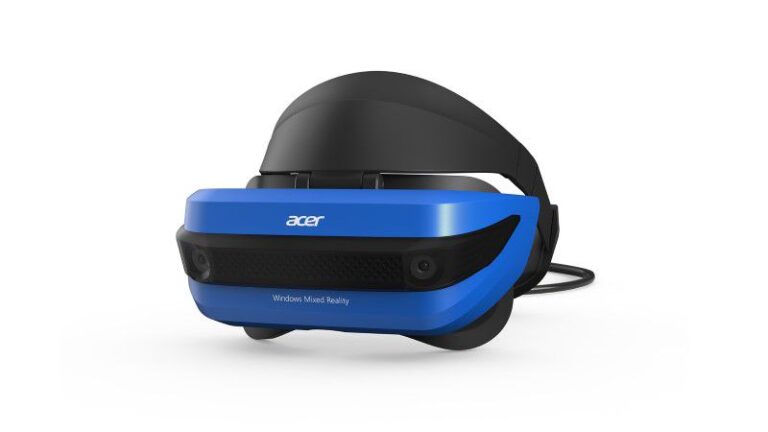Microsoft has decided to give up on Mixed Reality after six years of neglecting it.
Virtual reality, despite being hailed as “the next big thing” for almost ten years, is never really taking off. Microsoft has recently announced that its VR efforts are coming to an end, ending support for Windows Mixed Reality with immediate effect. This means that any Mixed Reality headsets you may own will be rendered useless.
This move comes almost a year after Microsoft started laying off thousands of employees working on VR. Microsoft released Mixed Reality in 2017, when the VR space was still growing. Facebook (now Meta) was still integrating Oculus, which it would later merge into the Meta brand. The Oculus Quest would not launch for another two years, giving Microsoft an opening to secure a piece of the burgeoning market.
Microsoft announced the discontinuation of Windows Mixed Reality with the least amount of fanfare possible; the feature was added to a list of deprecated Windows features on the Microsoft website. In addition to support for Mixed Reality headsets, Windows Mixed Reality for Steam VR and the Mixed Reality Portal app are also going away. Microsoft’s HoloLens efforts, which have produced a $3,500 enterprise headset (HoloLens 2), are not included in the cancellation.
Microsoft approached Mixed Reality with the traditional hands-off approach, providing tools and support for Windows but leaving the headset development to OEM partners such as Acer, HP, and Dell. All of these devices were wired PC displays, meaning they did not support standalone operation like the Quest. This meant that while the hardware was slightly less expensive than competing VR headsets, the price difference was insufficient to make Mixed Reality viable.

The HP Reverb G2 (see top) was the last Mixed Reality release, and that was way back in 2020. It was not even a completely new piece of hardware—no one has announced a new Windows Mixed Reality headset since before the pandemic in 2019—so if there was a path to success, this was the time to find it. There was essentially no marketing for the feature, even when crypto hysteria forced the Metaverse to the forefront of consumer technology.
Though most of those gadgets have been unavailable for years, so the number of affected users is presumably tiny, this is still a bummer for anyone who has and enjoys their Mixed Reality headset. The writing has been on the wall for a long.

